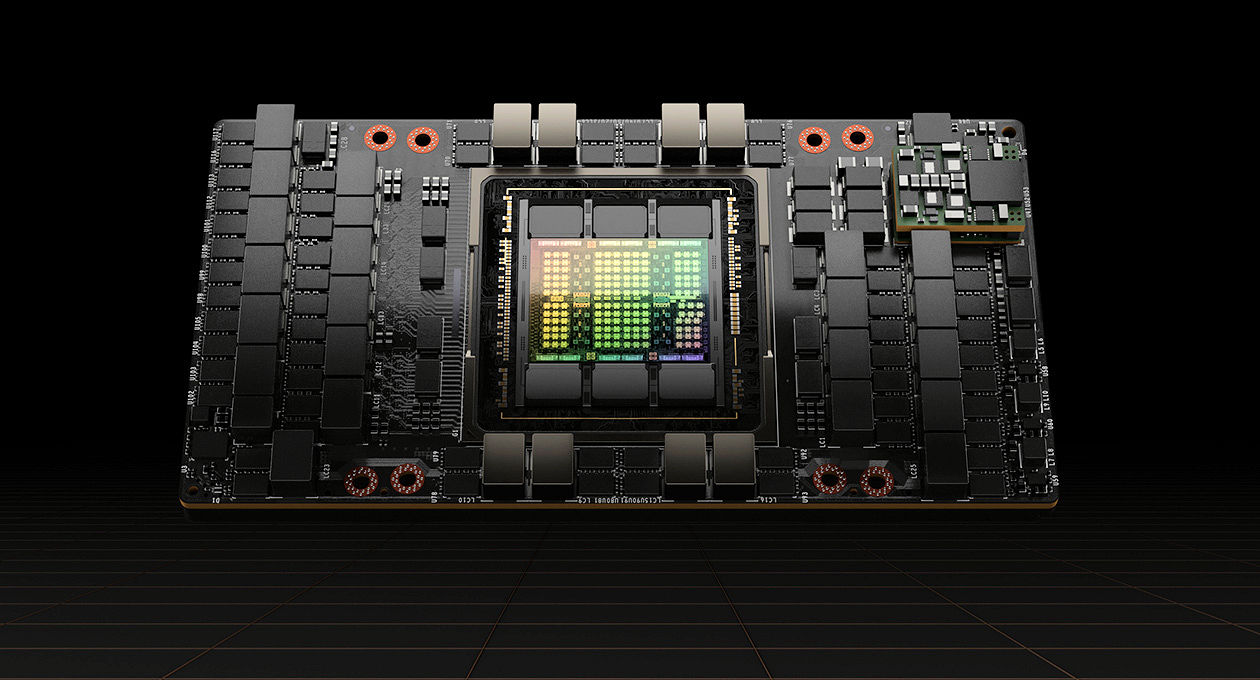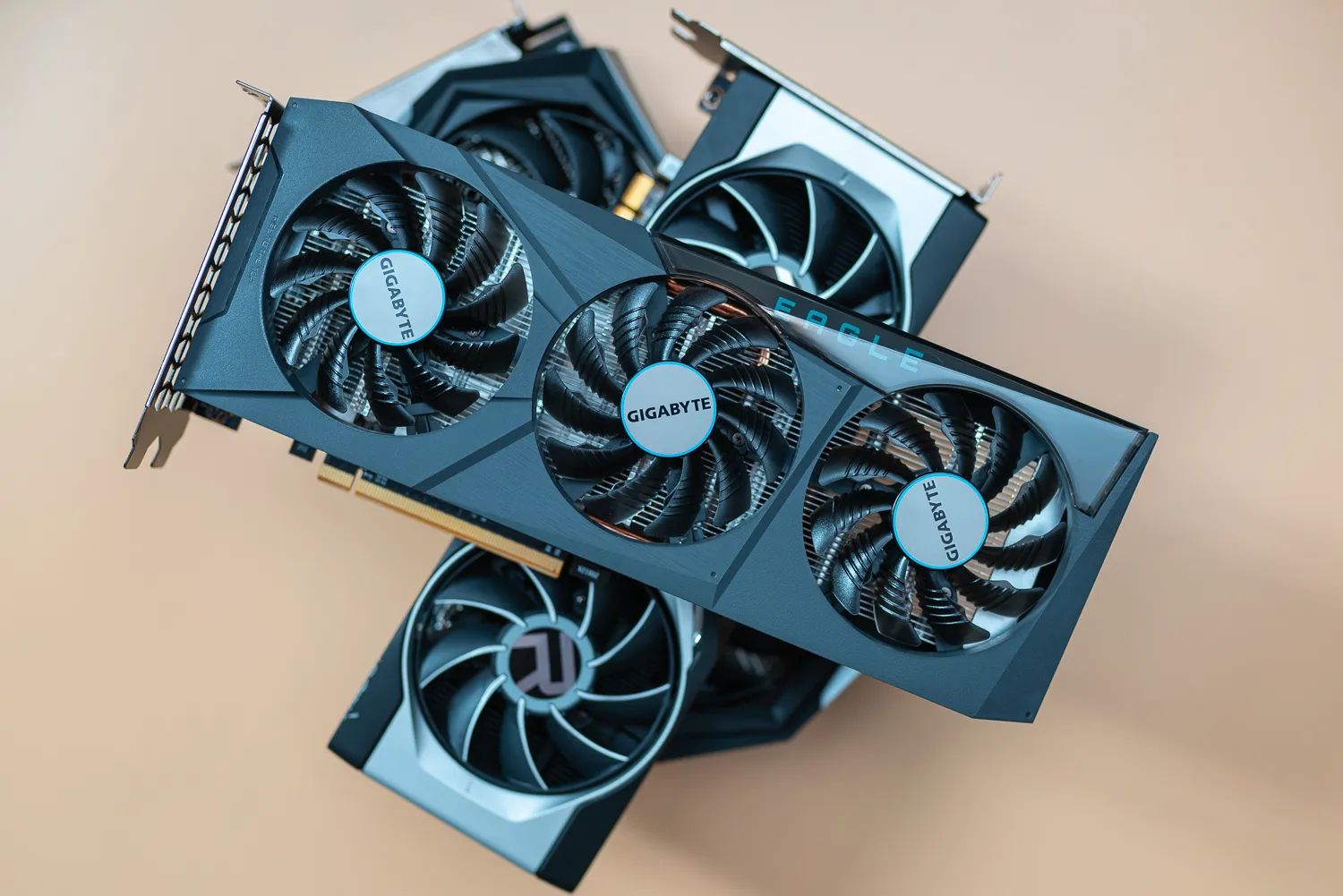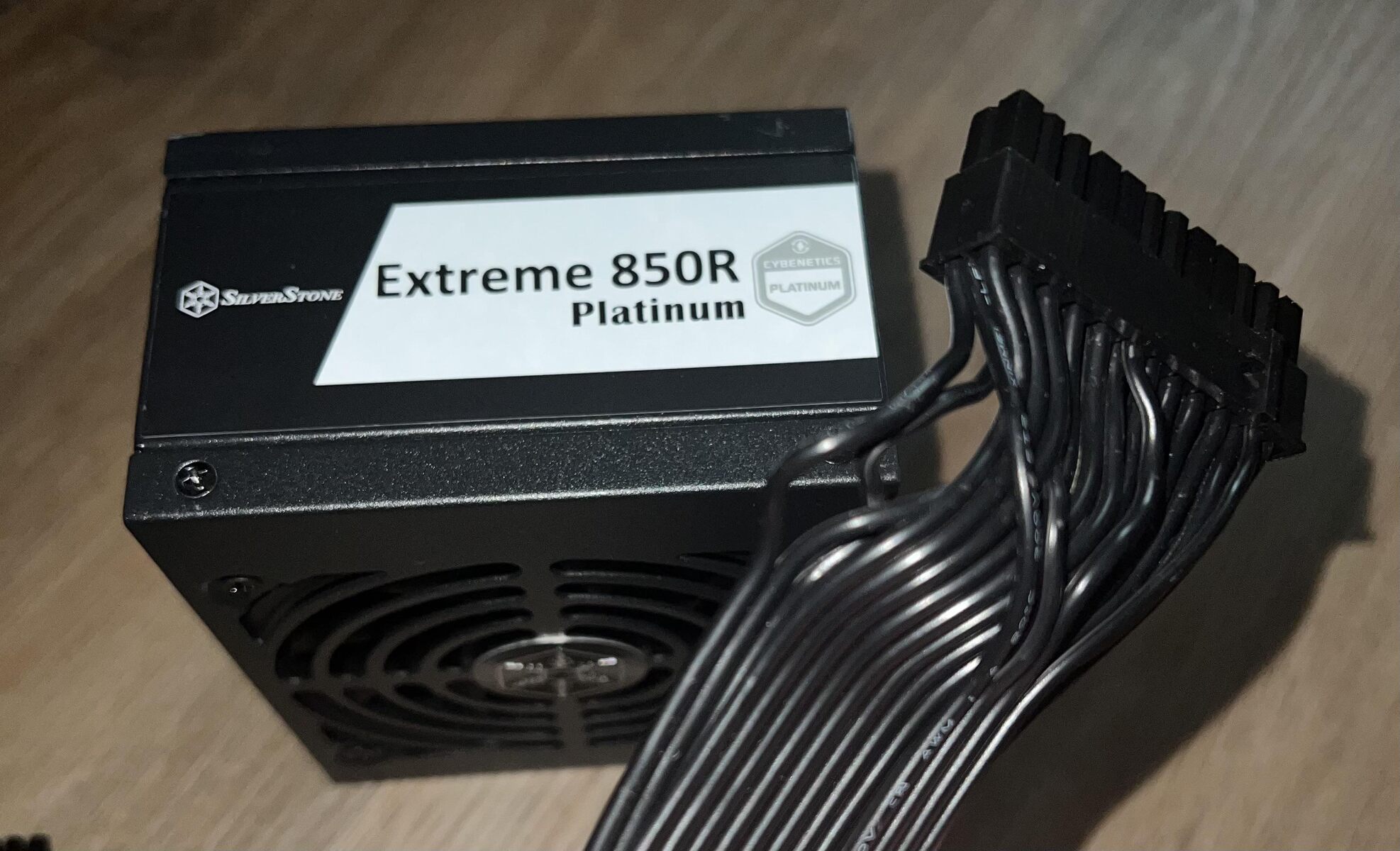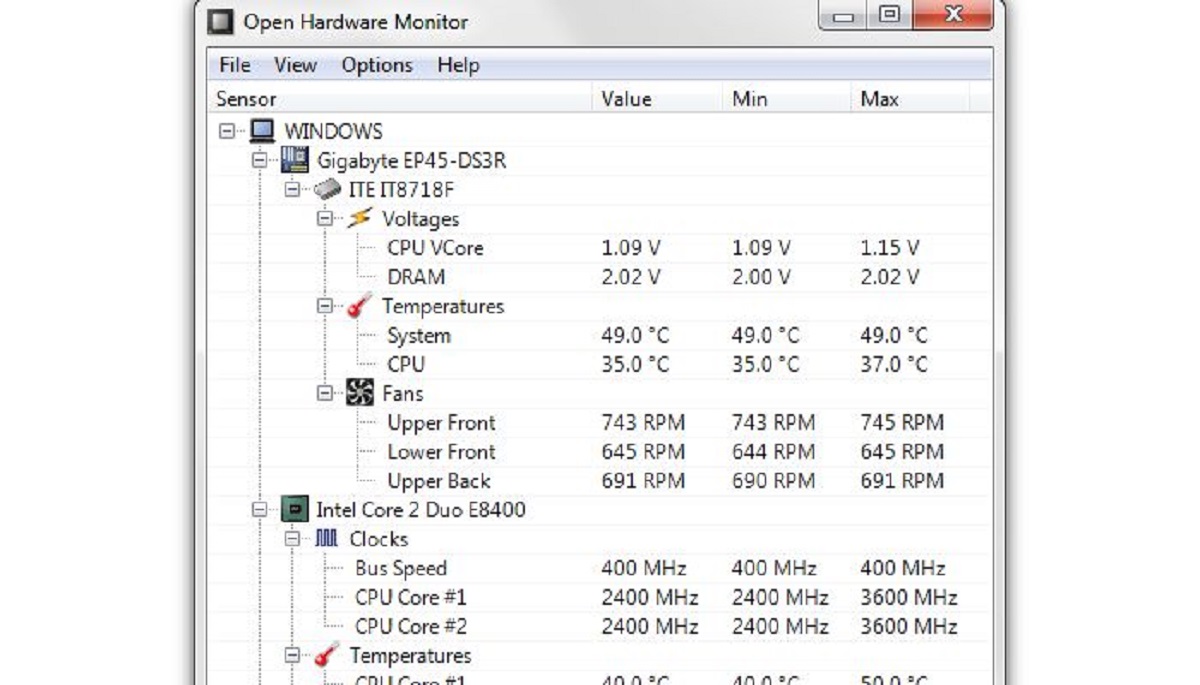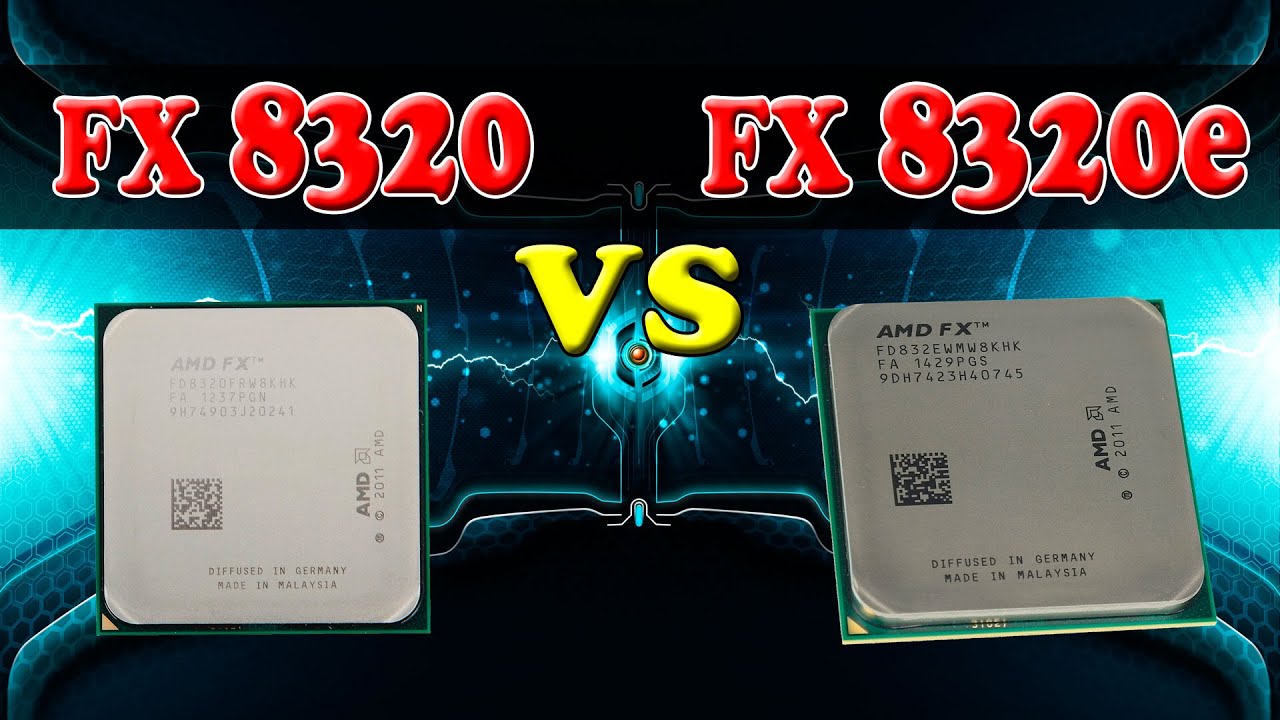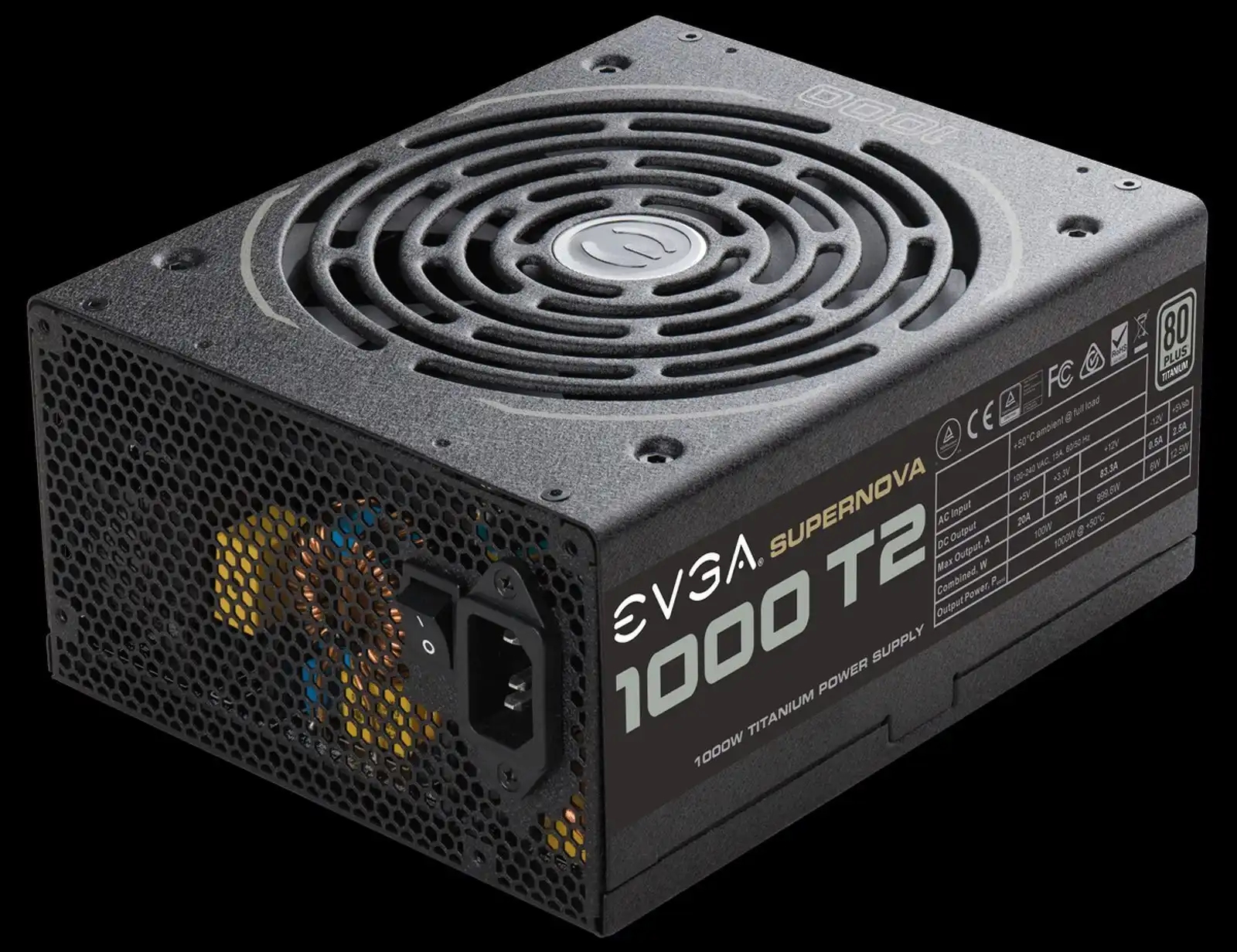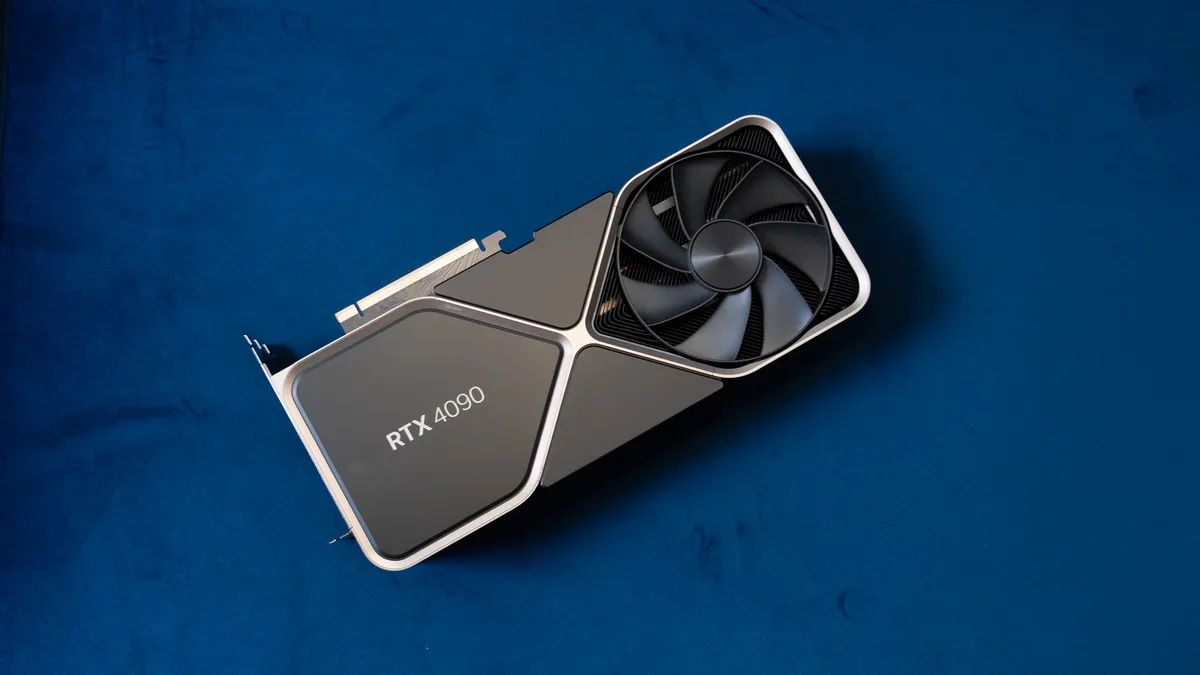Introduction
Have you ever wondered how modern graphics cards can handle high-performance gaming and intensive graphic rendering without overheating? The answer lies in a critical specification known as TDP, or thermal design power. TDP plays a crucial role in determining the power consumption and cooling requirements of a GPU.
TDP is a measure of the maximum amount of heat energy that a GPU cooling system is designed to dissipate under typical usage conditions. It indicates the power limit at which the GPU can operate while maintaining a safe temperature range. Understanding TDP is essential for both GPU manufacturers and users, as it helps in optimizing performance, managing power consumption, and ensuring the longevity of the graphics card.
In this article, we will explore what TDP is, its significance in GPUs, and why it is essential to manage TDP effectively. We will also highlight the differences between TDP and power consumption, along with the factors that influence TDP in graphics cards. By the end, you will have a comprehensive understanding of TDP’s role and importance in the world of GPUs.
What is TDP?
Thermal Design Power (TDP) is a term commonly used in the computer hardware industry, specifically for processors and graphics cards. TDP represents the maximum amount of heat that a component can dissipate when operating at its base frequency without exceeding its maximum temperature limit. It is measured in watts and serves as a guideline for determining the cooling requirements and power consumption of a device.
TDP is primarily a measure of the heat output generated by a component under normal operating conditions. It reflects the power that needs to be effectively managed by the cooling system to prevent overheating and maintain optimal performance. A higher TDP indicates a higher power draw, resulting in more heat that needs to be dissipated.
It is important to note that TDP does not directly represent the power consumption of a component. Instead, it serves as an indicator of the cooling solution needed to regulate the heat generated during operation. While TDP and power consumption are related, they are not interchangeable terms.
Manufacturers determine the TDP of a component through extensive testing to ensure stable and reliable performance. It is essential for them to provide accurate TDP values to enable system builders and users to select appropriate cooling solutions and power supplies for their hardware configurations.
In summary, TDP is a critical specification that helps manage the heat output of computer components. It provides valuable information for system builders, allowing them to design efficient cooling solutions. By understanding TDP, users can make informed decisions regarding their hardware configurations, ensuring optimal performance and longevity.
TDP in GPUs
Thermal design power (TDP) plays a vital role in the world of graphics processing units (GPUs). GPUs are highly specialized components designed to handle complex image and video rendering tasks. As these tasks require immense computational power, they generate a significant amount of heat. This is where TDP comes into play.
In the context of GPUs, TDP refers to the maximum amount of heat energy that a graphics card is capable of dissipating under normal usage conditions. It is a crucial specification provided by GPU manufacturers to guide users in selecting appropriate cooling solutions and to ensure the longevity and stability of the graphics card.
A higher TDP in GPUs typically indicates a more powerful and performance-oriented graphics card. Graphics cards with higher TDP values are built to handle demanding workloads such as gaming, 3D modeling, and video editing. These tasks require substantial computational power, resulting in increased heat generation.
GPUs with higher TDP values often require more robust cooling solutions, such as larger heatsinks with multiple fans or liquid cooling systems, to efficiently dissipate the heat. Conversely, lower TDP GPUs are designed for less demanding tasks and may feature smaller, quieter cooling systems due to their lower heat output.
It’s important to note that GPU TDP is not solely dependent on the graphics card itself but can be influenced by several factors. These factors include the architecture of the GPU, the number and type of processing cores, clock speeds, and voltage regulation. Each of these elements contributes to the overall power draw and heat generation of the GPU, impacting its TDP rating.
As users select a GPU for their specific needs, considering the TDP is crucial. Ensuring that the GPU’s TDP aligns with the cooling capabilities of the system will prevent overheating issues and maintain optimal performance. It helps strike a balance between processing capabilities and energy efficiency while providing a stable and reliable user experience.
Why is TDP important?
Thermal design power (TDP) is a critical specification that holds significant importance for both GPU manufacturers and users. Understanding the importance of TDP helps in optimizing performance, managing power consumption, and ensuring the overall stability and reliability of the graphics card.
One of the key reasons why TDP is important is that it determines the cooling requirements of a GPU. The TDP value provided by manufacturers guides users in selecting appropriate cooling solutions. By matching the TDP of a graphics card to a suitable cooling system, users can prevent overheating and maintain optimal performance even under heavy workloads.
TDP also allows users to make informed decisions about the power supply requirements of their GPU. Since TDP provides an estimate of the maximum power draw, users can ensure that their power supply units (PSUs) are capable of delivering sufficient power to the graphics card without causing any stability issues or power shortages.
Moreover, TDP plays a crucial role in managing power consumption. While TDP and power consumption are not the same, they are related. By understanding the TDP of a graphics card, users can estimate the amount of power it is likely to consume under normal operating conditions. This not only helps in optimizing energy usage but also assists in selecting energy-efficient components for a more environmentally friendly and cost-effective system.
For GPU manufacturers, TDP is essential for designing and manufacturing graphics cards that deliver consistent and reliable performance. By accurately providing TDP values, manufacturers enable users to select the appropriate cooling and power solutions, reducing the risk of hardware failures or inadequate performance.
Furthermore, managing TDP effectively is crucial for maximizing the lifespan of a graphics card. GPUs that consistently operate at high temperatures due to inadequate cooling or power supply may experience accelerated degradation, leading to reduced performance and shortened lifespan. By ensuring that the TDP is properly managed, users can extend the longevity of their graphics card and enjoy stable performance for a longer period.
In summary, TDP is important for several reasons. It guides users in selecting suitable cooling and power solutions, helps manage power consumption, and contributes to the overall stability and reliability of the graphics card. By understanding and effectively managing TDP, users can optimize performance, extend the lifespan of their GPU, and ensure a smooth and efficient computing experience.
TDP vs Power Consumption
When discussing thermal design power (TDP) in GPUs, it is important to differentiate between TDP and power consumption. While these two concepts are related, they represent different aspects of a graphics card’s operation.
TDP refers to the maximum amount of heat energy that a GPU cooling system is designed to dissipate under normal usage conditions. It is a measure of the heat output and thermal requirements of a graphics card. TDP is typically provided by manufacturers as a guideline to help users select appropriate cooling solutions and power supplies for their GPUs.
On the other hand, power consumption relates to the electrical power drawn by a graphics card during operation. It represents the actual amount of electrical energy consumed by the GPU and is measured in watts. Power consumption varies depending on the workload and the processing demands placed on the GPU.
While TDP and power consumption are related, they can differ significantly. The TDP represents the maximum heat output that needs to be managed by the cooling system, whereas power consumption reflects the electrical energy consumed by the GPU.
In certain scenarios, the power consumption can exceed the TDP of a graphics card. This occurs when the GPU is subjected to demanding workloads, such as running complex games or performing intensive rendering tasks. When the power consumption exceeds the TDP, the GPU may temporarily operate at higher temperatures, which can impact its stability and longevity if not properly managed.
Manufacturers design GPUs with certain power limits in mind to ensure that they operate within safe temperature ranges. The power limit is often set below the GPU’s TDP to allow for variations in power consumption during peak loads. This gives users the flexibility to push their GPUs to their performance limits without exceeding the maximum thermal constraints.
It’s important to note that power consumption can be influenced by various factors, such as the GPU’s workload, clock speeds, voltage settings, and cooling effectiveness. By managing these factors, users can optimize power consumption while keeping the GPU within its TDP limits, ensuring a balance between performance and thermal management.
In summary, TDP and power consumption are two distinct but related aspects of a GPU’s operation. TDP represents the maximum heat output that needs to be managed by the cooling system, while power consumption reflects the actual electrical energy consumed by the GPU. Understanding these differences is crucial for effectively managing the performance, stability, and longevity of a graphics card.
Factors affecting TDP in GPUs
Thermal design power (TDP) in GPUs is influenced by various factors that contribute to the overall power draw and heat generation. These factors can vary between different GPU models and directly impact the cooling requirements and performance characteristics of a graphics card.
1. GPU Architecture: The architecture of a GPU has a significant impact on its TDP. Different GPU architectures have varying levels of efficiency and power consumption. Newer architectures often offer improved performance per watt, resulting in lower TDP values compared to older generations.
2. Processing Cores: The number and type of processing cores on a GPU can affect TDP. GPUs with a higher number of cores generally have a higher TDP due to the increased computational power and associated heat generation. Additionally, the type of cores, such as CUDA cores or stream processors, can also affect TDP.
3. Clock Speeds: The clock speed of a GPU’s cores and memory also plays a role in determining TDP. Higher clock speeds generally require more energy and result in increased heat generation. Overclocking a GPU can lead to a significant increase in TDP, as the higher clock speeds demand more power and produce more heat.
4. Voltage Regulation: The voltage supplied to a GPU affects its power draw and TDP. GPUs with higher voltages tend to consume more power and generate more heat. Efficient voltage regulation and management systems can help lower TDP by optimizing power delivery to the GPU while maintaining stable performance.
5. Cooling Solution: The effectiveness of a graphics card’s cooling solution significantly impacts its TDP. GPUs with robust, efficient cooling systems can better dissipate heat, allowing for higher performance while maintaining lower temperatures. Inadequate cooling solutions can lead to higher TDP and potentially cause thermal throttling and reduced performance.
6. Manufacturing Process: The manufacturing process of a GPU can also affect its TDP. Advanced fabrication processes, such as smaller transistor sizes and improved power management techniques, can result in more power-efficient GPUs with lower TDP values.
7. Workload: The type and intensity of the workload being processed by the GPU can impact TDP. Demanding tasks, such as gaming or rendering complex 3D graphics, can push the GPU to its maximum power draw and result in higher TDP values.
Understanding the factors that affect TDP in GPUs is essential for selecting the right graphics card that meets specific performance requirements while managing power consumption and heat generation effectively. GPU manufacturers consider these factors when designing graphics cards to strike a balance between performance, power efficiency, and cooling requirements.
Importance of managing TDP in GPUs
Efficiently managing thermal design power (TDP) in GPUs is crucial for maintaining optimal performance, ensuring system stability, and prolonging the lifespan of the graphics card. By effectively managing TDP, users can reap several important benefits.
1. Performance Optimization: Proper TDP management helps maximize the performance potential of a graphics card. When a GPU operates within its specified TDP limits, it can deliver consistent and reliable performance without thermal throttling. This ensures that the GPU operates at its designed frequencies and can handle demanding tasks such as gaming, video editing, or 3D rendering with minimal performance degradation.
2. Heat Dissipation: GPUs generate a significant amount of heat during operation. Managing TDP allows users to match the cooling capabilities of their system with the heat output of the GPU. Effective cooling solutions, such as high-quality heatsinks, fans, or liquid cooling systems, can efficiently dissipate the heat, preventing overheating and maintaining safe operating temperatures. Proper heat dissipation not only ensures optimal performance but also prevents potential damage to the GPU and other components.
3. Power Efficiency: Managing TDP helps optimize power consumption, leading to improved power efficiency. By ensuring that the GPU operates within its specified TDP limits, users can effectively balance performance and energy usage. This not only reduces electricity costs but also contributes to a more sustainable computing environment, minimizing the overall carbon footprint.
4. Longevity and Reliability: High temperatures resulting from poor TDP management can negatively impact the lifespan and reliability of a GPU. Excessive heat can lead to accelerated wear and tear on sensitive components, such as transistors and memory modules, potentially causing premature failure. By properly managing TDP and keeping temperatures in check, users can extend the lifespan of their GPU and enjoy reliable performance over an extended period.
5. System Stability: Overheating due to high TDP can cause system instability, crashes, and unexpected shutdowns. Managing TDP effectively ensures that the GPU operates within safe temperature ranges, minimizing the risk of performance issues and system failures. A stable system provides a smooth and uninterrupted computing experience, whether for gaming, content creation, or general usage.
6. Compatibility: Managing TDP also helps ensure compatibility with other hardware components in the system. By selecting a GPU with TDP that aligns with the cooling capabilities of the system, users can avoid any mismatch that could lead to inadequate cooling, compatibility issues, or potential damage to the GPU and other components.
In summary, managing TDP in GPUs is vital for achieving optimal performance, maintaining system stability, improving power efficiency, and prolonging the lifespan of the graphics card. By understanding TDP and utilizing appropriate cooling solutions, users can unleash the full potential of their GPUs while safeguarding system integrity and enjoying a reliable computing experience.
Conclusion
Thermal design power (TDP) is a crucial specification in the world of graphics processing units (GPUs). Understanding and effectively managing TDP is essential for optimizing performance, ensuring system stability, and prolonging the lifespan of the graphics card.
TDP represents the maximum amount of heat energy that a GPU cooling system can dissipate under normal usage conditions. It guides users in selecting appropriate cooling solutions and power supplies, allowing the GPU to operate within safe temperature ranges. By managing TDP effectively, users can maximize performance, prevent overheating, and maintain consistent and reliable GPU operation.
Different factors affect TDP in GPUs, including the architecture of the GPU, the number and type of processing cores, clock speeds, voltage regulation, cooling solutions, manufacturing process, and the workload being processed. Understanding these factors helps users make informed decisions about their GPU selection and cooling requirements.
Managing TDP not only optimizes performance but also improves power efficiency. By ensuring the GPU operates within its specified TDP limits, users can balance performance and energy consumption, reducing electricity costs and contributing to a more sustainable computing environment.
Proper TDP management also enhances system stability and reliability. By preventing overheating, it reduces the risk of system crashes, unexpected shutdowns, and potential damage to the GPU and other components. In addition, effective TDP management extends the lifespan of the GPU, allowing users to enjoy stable performance over a longer period.
In conclusion, understanding and managing TDP in GPUs is paramount for achieving optimal performance, system stability, power efficiency, and longevity. By considering TDP in GPU selection, employing suitable cooling solutions, and ensuring proper power supply, users can unleash the full potential of their GPUs, maintain reliable operation, and create a high-performance computing environment.







